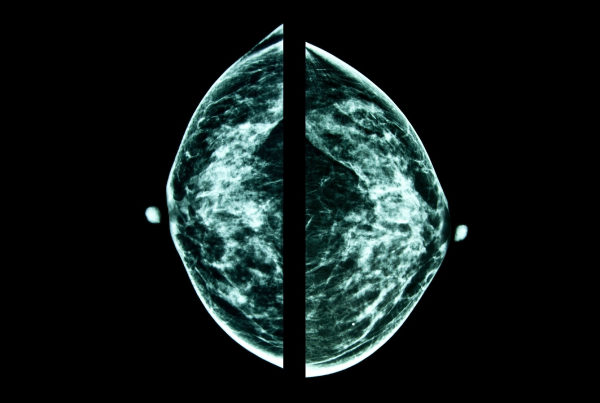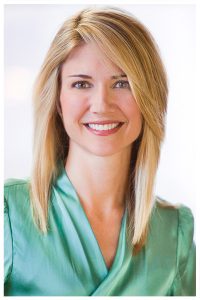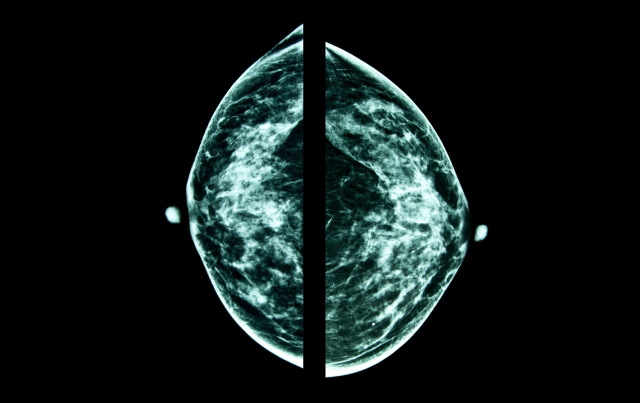Breast Cancer Screening in an Era of Personalized Regimens


Denise Hartoin Reddy, MD
Both the National Health Service U.K. Breast Screening Program and the Ontario High Risk Breast Screening Program have concluded studies showing that annual MRI for women at high risk of breast cancer can be effectively implemented into an organized breast-screening program.
Of the 35 breast cancers detected in the Ontario study, zero were found by a mammogram alone, 23 were revealed by MRI alone (10.7 per 1,000), and 12 by both modalities (5.8 per 1,000).
While no such national program exists in the U.S., local programs such as the one led by Scottsdale Medical Imaging (SMIL) for the greater Scottsdale area have incorporated MRI screening for women with high risk of breast cancer.
Radiologist Denise Hartoin Reddy, MD, of the breast-imaging center at SMIL, says the local program is going well. To be successful, she says, requires the cooperation of the primary care doctor, the radiologist and the patient, and that has been a strength of the Scottsdale program.
“A big part of this is helping women understand their risk, as many overestimate or underestimate their risk,” Reddy says. “I think that the questions we’re asking women when they come in for their screening are helping identify those women who might be at high risk and encouraging them to have conversations with their clinicians and genetic counselors.”
Reddy says current guidelines call for a mammogram and breast MRI every year for women with a lifetime risk of 20 to 25 percent or greater. “Studies have shown that women with high lifetime risk do benefit from breast MRI,” Reddy says. “It leads to earlier detection of breast cancer, and smaller sized cancers, which typically have better outcomes.”
Women at low risk are recommended to get a screening mammogram every year. There are no specific guidelines for women in the intermediate category, which is a lifetime risk of 15 to 20 percent. “These women should have a discussion with their clinicians and radiologists,” Reddy says. “The message is that screening is evolving away from a one-size-fits-all approach and into something that is personalized and requires discussion between patients, clinicians and radiologists
to define what is best for that patient.”
REFERENCES:
Evans G, Warwick J, Astley S, et al. Assessing individual breast cancer risk within the U.K. national
health service breast screening program: a new paradigm for cancer prevention. Cancer Prev Res.
2012;5(7):943-951.
Chiarelli A, Prummel M, Muradali D, et al. Effectiveness of screening with annual magnetic
resonance imaging and mammography: results of the initial screen from the Ontario high-risk
breast-screening program. [published online ahead of print June 16 2014] J Clin Oncol. 2014.
Accessed March 23 2015.


